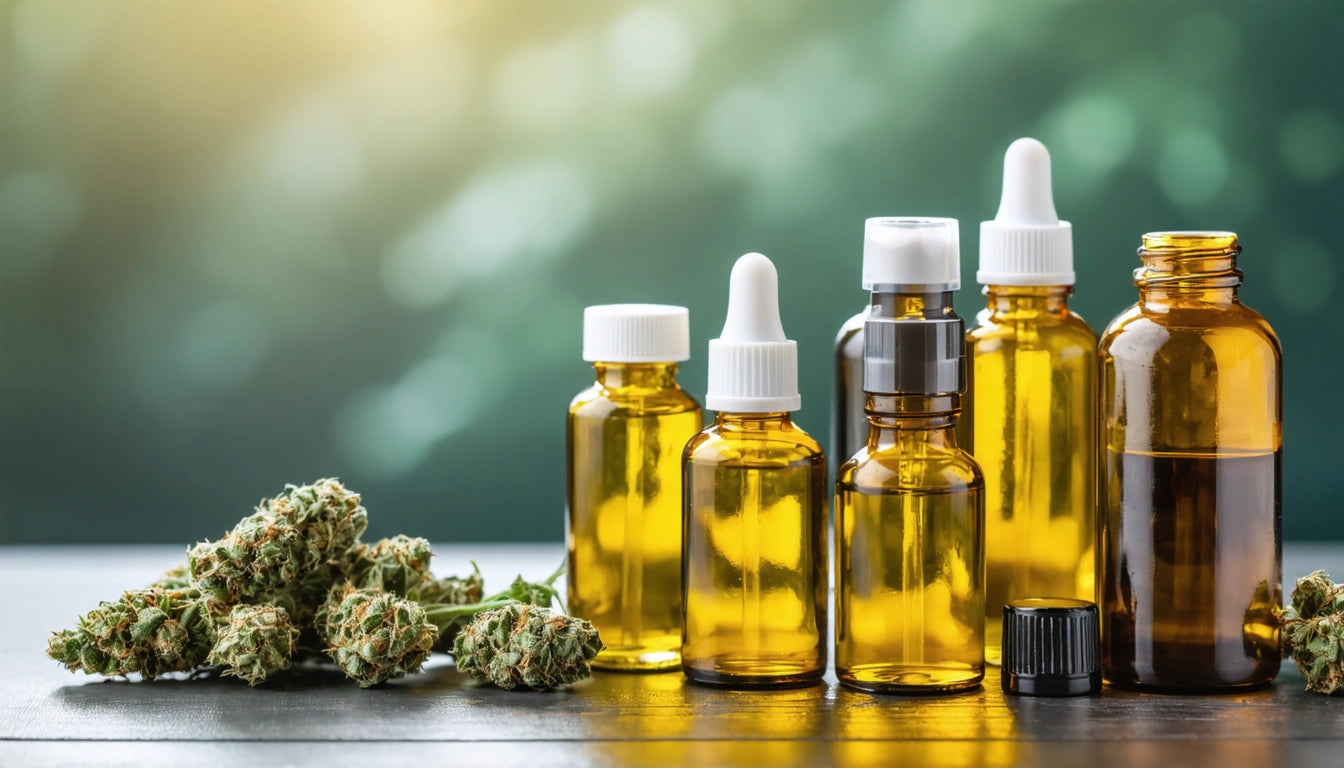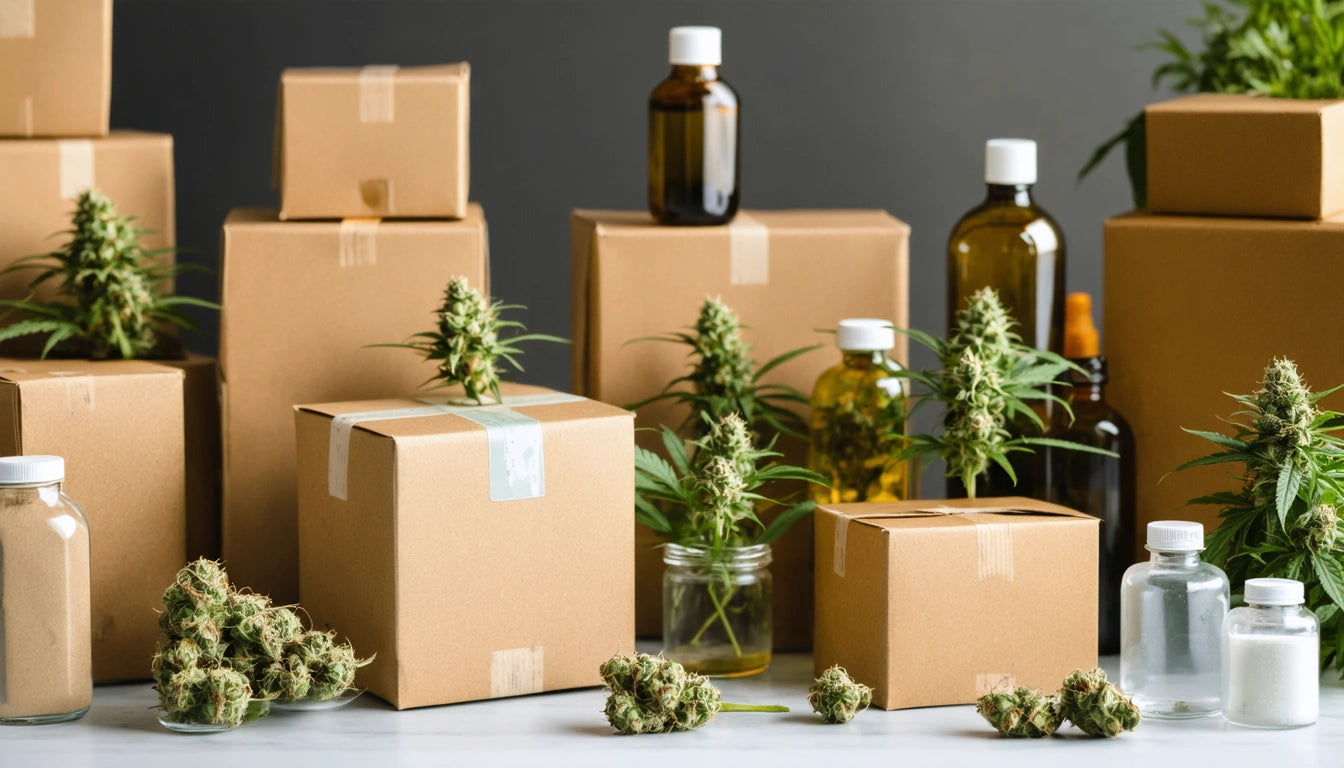Table of Contents
- Factors Affecting Concentrate Stability
- Optimal Packaging Materials for Long-Term Storage
- Temperature and Light Considerations
- Moisture Control Techniques
- Compliance and Safety Requirements
- Storage Best Practices for Different Concentrate Types
- Future Packaging Innovations for Enhanced Concentrate Preservation
Cannabis concentrates represent some of the most potent and valuable products in the industry, but their complex chemical compositions make them particularly vulnerable to degradation. Proper packaging and storage techniques are essential to preserve potency, flavor profiles, and overall product integrity over time. This guide explores comprehensive strategies for maximizing the shelf stability of cannabis concentrates through effective packaging solutions.
Factors Affecting Concentrate Stability
Several environmental factors can significantly impact the shelf life of cannabis concentrates:
- Oxygen exposure, which accelerates oxidation and degrades cannabinoids
- Light exposure, particularly UV rays that break down terpenes and cannabinoids
- Temperature fluctuations that alter consistency and potency
- Humidity and moisture that can introduce contaminants
- Physical contamination from improper handling
Understanding these factors is crucial for developing effective storage solutions. As detailed in this analysis of temperature and light effects, even minor environmental variations can significantly reduce product quality over time.
Optimal Packaging Materials for Long-Term Storage
Glass Options
Glass remains the gold standard for concentrate storage due to its inert properties. Unlike plastic, glass doesn't leach chemicals or react with terpenes. Research on concentrate container materials shows that borosilicate glass offers superior temperature resistance and durability compared to standard glass options.
Silicone Considerations
While convenient for certain concentrate types, silicone containers have limitations for long-term storage. They're ideal for stable waxes but can absorb terpenes from more volatile extracts like sauces or high-terpene products. For temporary storage of sticky products, food-grade silicone provides excellent non-stick properties.
Advanced Plastics
PTFE (polytetrafluoroethylene) and certain medical-grade plastics offer viable alternatives when glass isn't practical. These materials provide excellent chemical resistance and minimal interaction with concentrate compounds.
Temperature and Light Considerations
Temperature control represents one of the most critical factors in concentrate preservation. According to research on terpene preservation, storing concentrates between 50-60 °F (10-15 °C) significantly extends shelf life by reducing terpene volatilization and cannabinoid degradation.
Light protection is equally important, as UV exposure accelerates THC degradation into CBN, changing both potency and effects. Amber or opaque containers provide essential protection against light degradation, while clear containers should be avoided for products intended for extended storage.
Moisture Control Techniques
Moisture represents a significant threat to concentrate stability, potentially introducing mold, bacteria, and accelerating degradation. Effective moisture control strategies include:
- Integrating desiccant packets for humidity regulation
- Using containers with silicone or rubber gaskets for airtight seals
- Implementing vacuum-sealing for bulk storage
- Maintaining proper environmental controls in storage areas
For commercial operations, automated filling equipment with precision controls can ensure consistent product distribution while minimizing exposure to environmental contaminants during the packaging process.
Compliance and Safety Requirements
Beyond preservation, concentrate packaging must meet strict regulatory requirements. Compliance standards for concentrate packaging vary by jurisdiction but typically include:
- Child-resistant mechanisms that meet CPSC standards
- Tamper-evident features to ensure product integrity
- Proper labeling with potency, ingredients, and batch information
- Warning symbols and text as required by state regulations
These requirements must be balanced with preservation needs. Child-resistant and tamper-evident options now include designs specifically engineered for concentrate preservation, combining safety with optimal storage conditions.
Storage Best Practices for Different Concentrate Types
Live Resin and High-Terpene Extracts
These volatile concentrates require the most careful storage. Glass containers with airtight seals, refrigeration, and protection from light are essential. Specialized packaging solutions for these products often include extra features like vacuum seals or nitrogen flushing to displace oxygen.
Stable Concentrates (Shatter, Wax, Crumble)
While more stable than high-terpene extracts, these products still benefit from proper storage techniques. Packaging dabs, crumble, and wax properly involves using parchment paper liners in glass containers to prevent sticking while maintaining an airtight environment.
Solventless Extracts
Hash, rosin, and full-melt concentrates present unique challenges due to their texture and sensitivity to heat. Specialized packaging solutions for these products often include cold-chain considerations and materials that prevent absorption of valuable compounds.
Future Packaging Innovations for Enhanced Concentrate Preservation
The concentrate market continues to drive packaging innovation. Emerging technologies include:
- Smart packaging with QR codes linking to storage instructions and batch information
- Containers with integrated humidity control systems
- Biodegradable materials that maintain preservation properties
- Modified atmosphere packaging that replaces oxygen with inert gases
These innovations address both preservation needs and sustainability concerns, allowing brands to maintain product quality while reducing environmental impact.
By implementing these comprehensive storage and packaging strategies, producers can significantly extend the shelf life of their concentrate products, ensuring consumers experience the intended potency, flavor profile, and effects even after extended storage periods.











Leave a comment
All comments are moderated before being published.
This site is protected by hCaptcha and the hCaptcha Privacy Policy and Terms of Service apply.